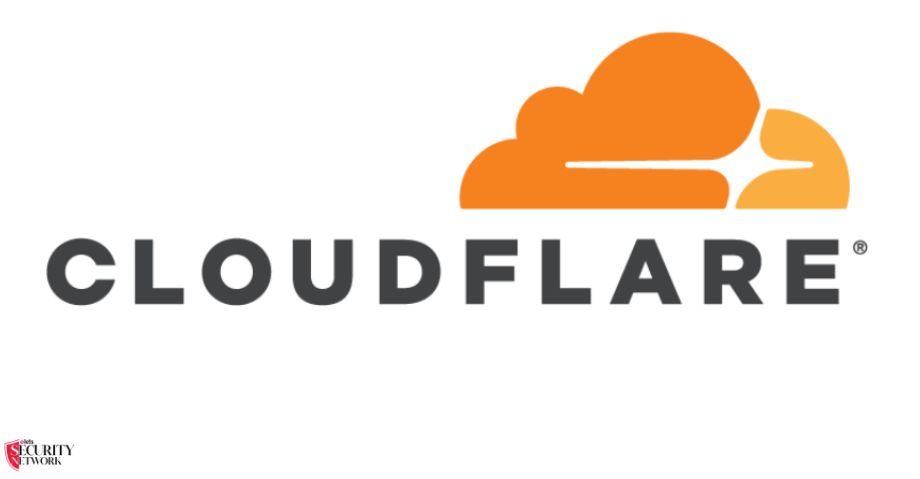The IBM Cloud Internet Services (CIS) and Cloudflare, an American provider of content delivery network services, have increased their cooperation.
As part of this cooperation, CIS’s services will now incorporate Cloudflare Bot Management. This innovation, accessible to users of the Enterprise Premier Plan, aids companies in addressing the growing issue of malicious bot-driven traffic.
The collaboration between IBM Cloud and Cloudflare began in 2018. Through IBM CIS, which is powered by Cloudflare, they have seamlessly integrated Cloudflare’s solutions for application security and performance into IBM Cloud.
Customers may strengthen the security of their web and Internet apps against threats with the help of this new product from CIS. This covers protection against data breaches and DDoS assaults.
As part of CIS’s extensive capabilities, performance and reliability improvements to protection include load balancing, optimized routing, caching, and simplified data interchange.
Also read: Cisco takes Application Security to the next level with Panoptica partnership
“We’re seeing more and more bot activity across the landscape, thanks in large part to Cloudflare and IBM Cloud Internet Services, which have been powering the enormous growth of Internet-facing business apps. According to Matt Harrell, Global Head of Channels and Alliances at Cloudflare, “Malicious bots are part of this equation, posing major dangers and causing inefficiencies in the business, from fraudulent transactions to phony purchase attempts.
Nataraj Nagaratnam, Fellow, CTO, Cloud Security at IBM, stated that it is more crucial than ever to adapt our products to better serve our clients in their journey toward cyber resilience. “We aim to provide our clients with a single integrated solution that offers both industry-leading protection and accelerated performance,” he added.
Moreover, IBM introduces a fresh bot service, expanding the range of cloud security options for businesses. IBM recommends enterprises adopt a risk-focused method to determine their requirements.
According to this strategy, organizations must assess the appropriate features and controls in light of the risks they face and the need for data protection. These attributes are grouped according to the levels of data, workload, network, and identity security. Organizations can incorporate a range of capabilities using this strategy from a defense-in-depth and zero-trust perspective.









